New model to treat Becker Muscular Dystrophy
Researchers at Children’s National Hospital have developed a pre-clinical model to test drugs and therapies for Becker Muscular Dystrophy (BMD), a debilitating neuromuscular disease that is growing in numbers and lacks treatment options.
Their work – recently published in the Journal of Cachexia, Sarcopenia and Muscle – provides scientists with a much-needed method to identify, develop and de-risk drugs for patients with BMD.
“The impact of having a model to test pharmaceutical options cannot be overstated,” said Alyson Fiorillo, Ph.D., principal investigator at the Center for Genetic Medicine Research at Children’s National. “We have patients coming up to us at conferences offering muscle biopsies – on the spot – because they are so excited and relieved that treatments can be investigated.”
Caused by mutations in a gene that produces a protein called dystrophin, Becker is part of a collection of disorders known as muscular dystrophies that cause a progressive loss of muscle strength and increasing disability, starting in childhood. The FDA has approved four drugs to help mitigate the impact of the most common and severe subtype, Duchenne Muscular Dystrophy (DMD). In some cases, these drugs convert the Duchenne form of the disease into Becker, which is less severe but still greatly affects quality of life.
As a result, the population of BMD patients is growing, but patients lack treatments for this incredibly impactful disorder. Currently, the FDA has not approved any drugs for BMD. Only two drugs are in clinical trials, compared to 30 trials underway for DMD.
To address this, Children’s National researchers used CRISPR gene editing to create the first preclinical model of X-linked BMD, called the bmx model. This novel advancement will help researchers better understand BMD and eventually create the first drugs for BMD patients.
“Patients with Becker need therapeutic treatments, and we are excited to start working with the model to someday provide options,” said Christopher Heier, Ph.D., principal investigator at the Center for Genetic Medicine Research and co-author of the study. “Most patients with Becker eventually develop cardiomyopathy, and roughly half die from it. This model is the first step on a path to change that and other heartbreaking outcomes from this genetic disorder.”


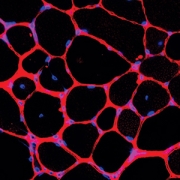
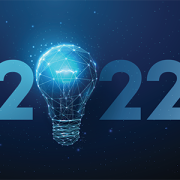
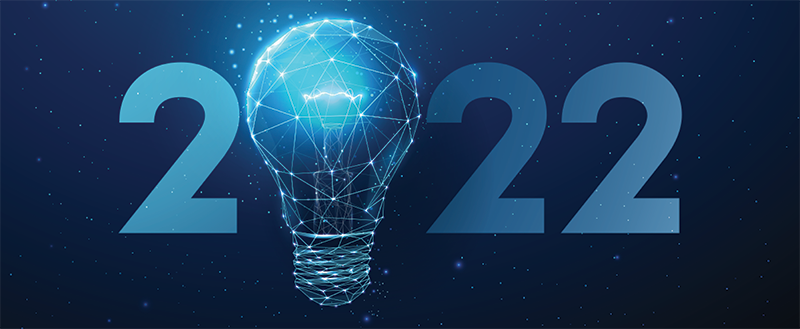 A clinical trial testing a new drug to increase growth in children with short stature. The first ever high-intensity focused ultrasound procedure on a pediatric patient with neurofibromatosis. A low dose gene therapy vector that restores the ability of injured muscle fibers to repair. These were among the most popular articles we published on Innovation District in 2022. Read on for our full top 10 list.
A clinical trial testing a new drug to increase growth in children with short stature. The first ever high-intensity focused ultrasound procedure on a pediatric patient with neurofibromatosis. A low dose gene therapy vector that restores the ability of injured muscle fibers to repair. These were among the most popular articles we published on Innovation District in 2022. Read on for our full top 10 list.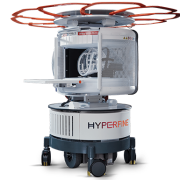
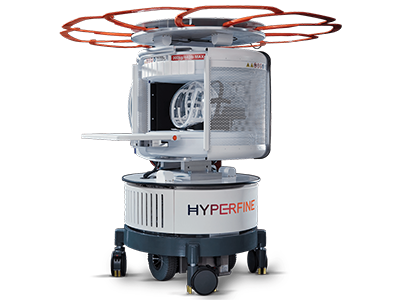

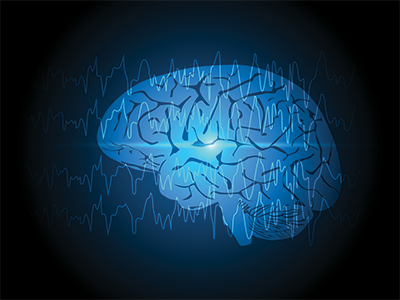
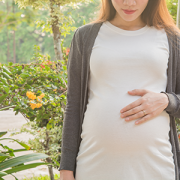

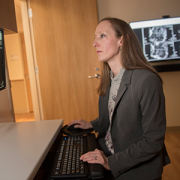
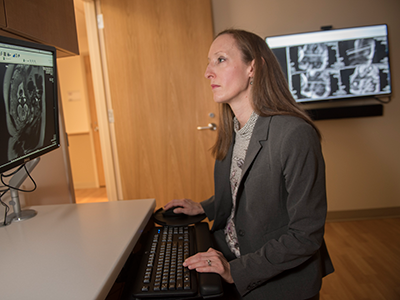








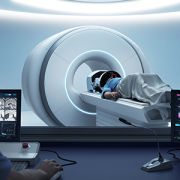
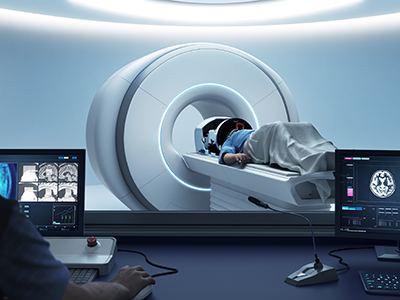


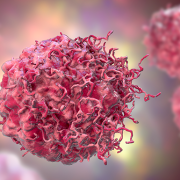
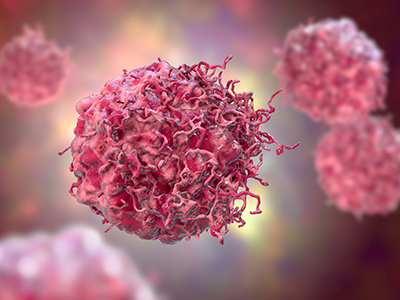
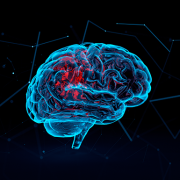
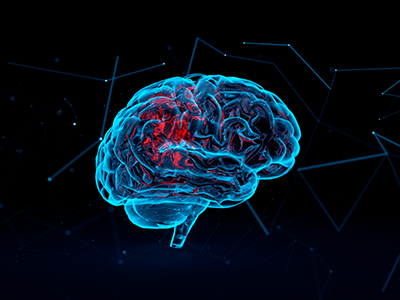

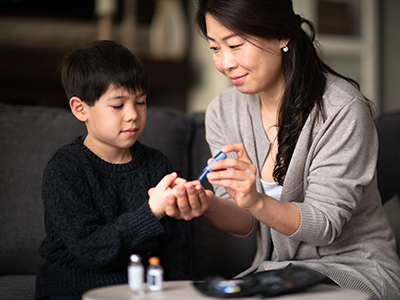
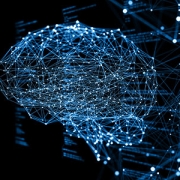
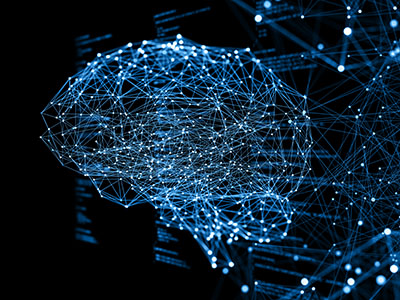



 Children’s National Hospital named
Children’s National Hospital named 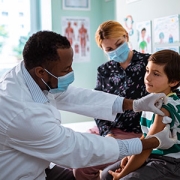
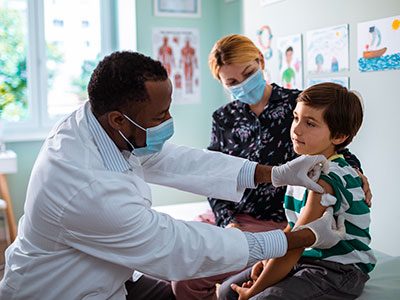 Adolescents with attention-deficit/hyperactivity disorder (ADHD) report greater hesitancy and less confidence in COVID-19 vaccine safety compared to adolescents without ADHD, a
Adolescents with attention-deficit/hyperactivity disorder (ADHD) report greater hesitancy and less confidence in COVID-19 vaccine safety compared to adolescents without ADHD, a 